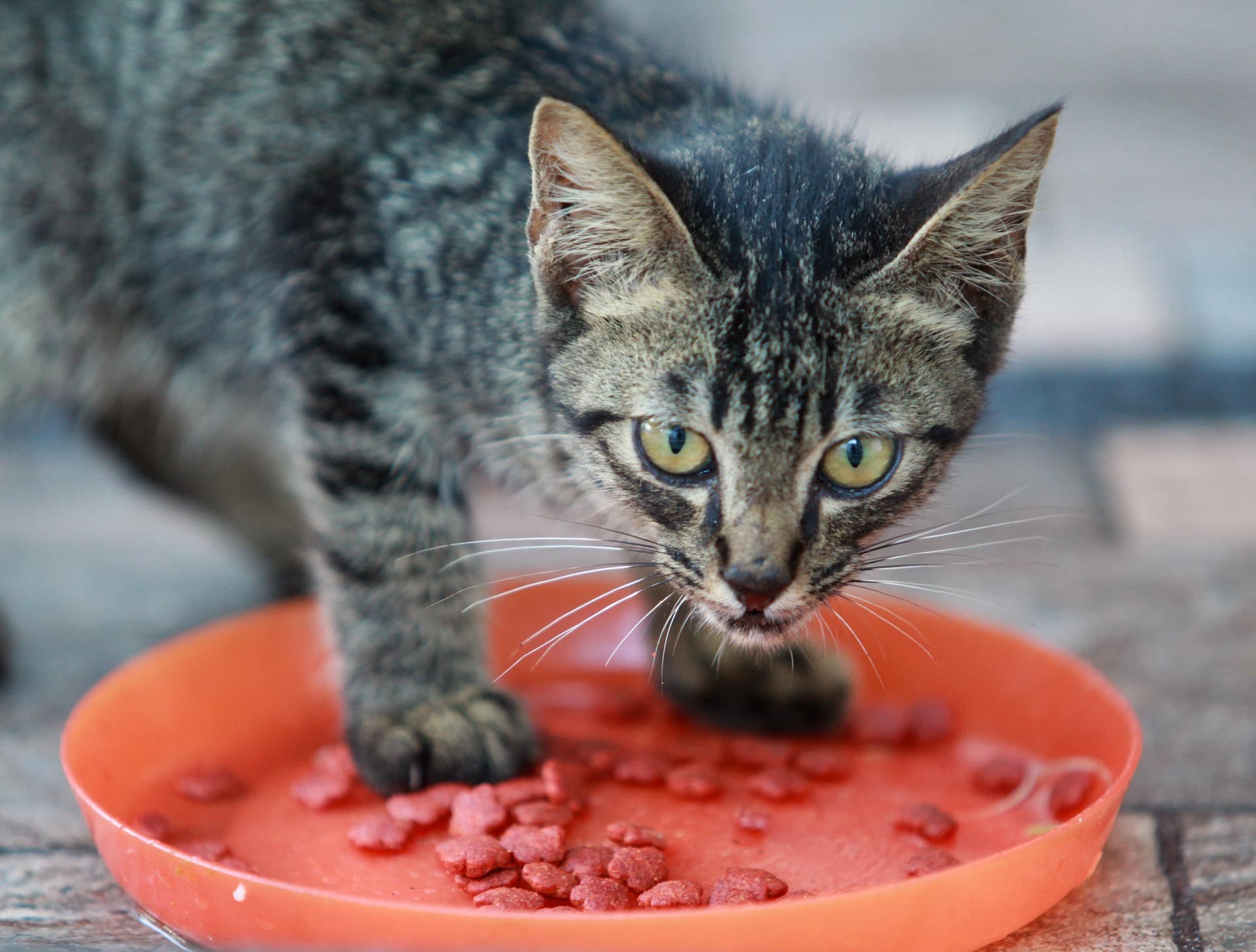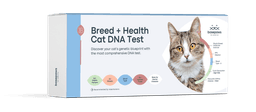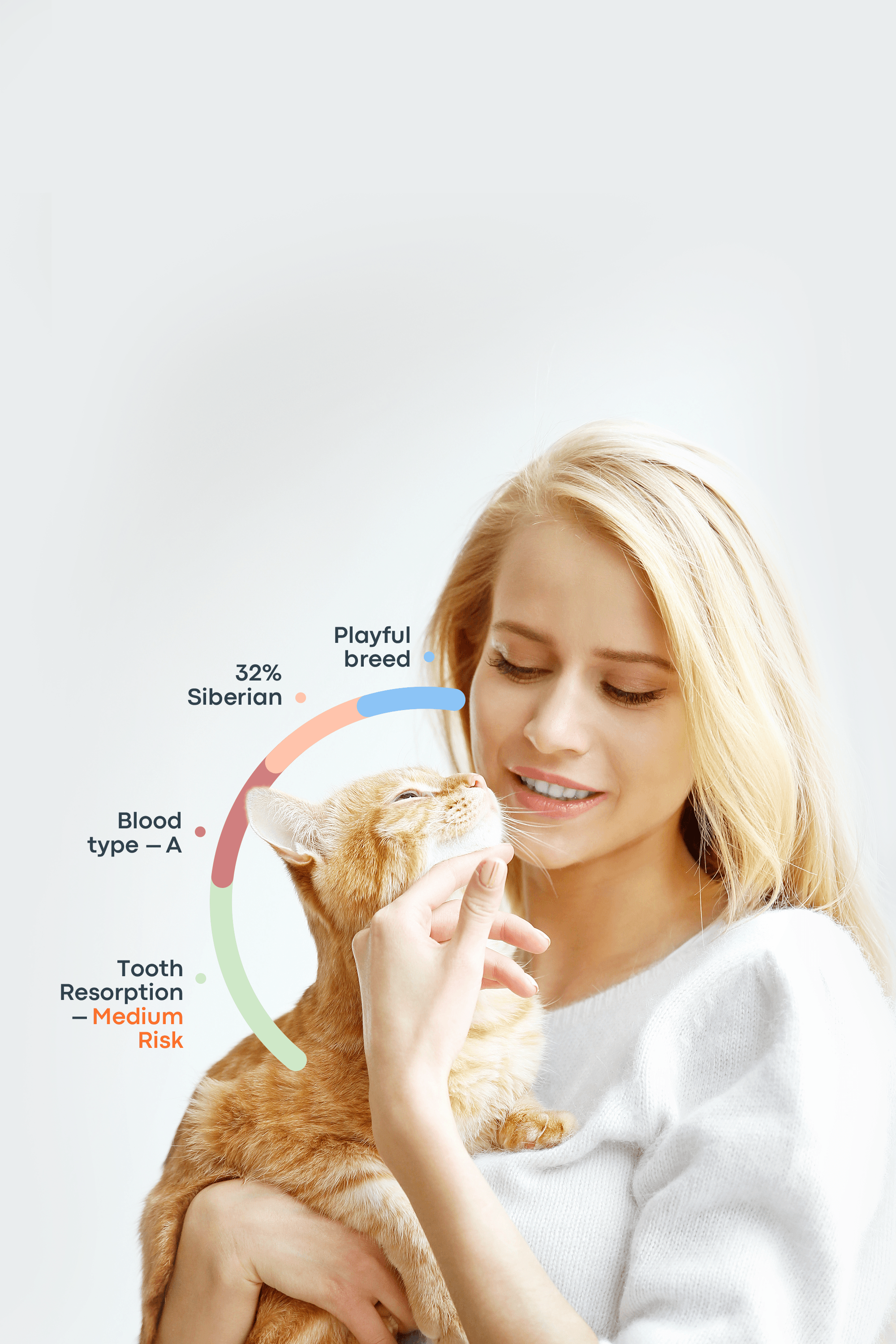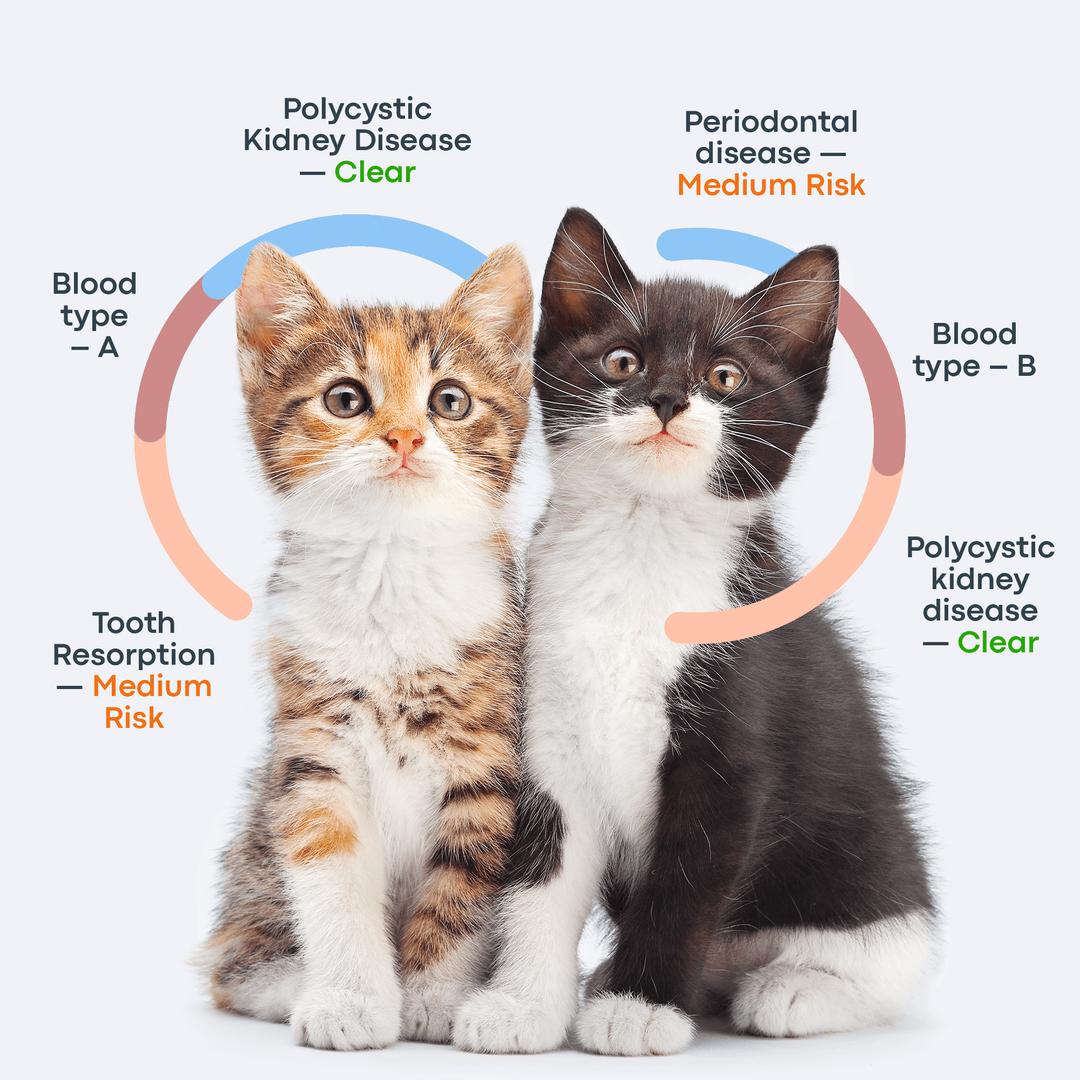Xylitol is a naturally occurring sugar alcohol extracted from corn fiber and birch trees. It is added as a sweetener to foods such as candy and peanut butter. Its toxicity is well documented in dogs, and thankfully, most dog owners have learned to keep xylitol-based food items away from their naughty pets. But what about cats? Is xylitol bad for cats?
Not much has been determined about xylitol sweetener toxicity in our feline pals. In any case, cat owners may want to err on the side of caution and avoid keeping xylitol-based foods within their pet’s reach.
What Is Xylitol?
Xylitol is a widely used sugar substitute or sweetener. It is often also used as a filler in many food items. Xylitol’s popularity has risen over the last few decades because of its dental plaque-eliminating properties and low glycemic index.
What products contain xylitol? Xylitol is found in breath-freshening chewing gums, mints, and oral rinses or mouthwashes. Puddings, over-the-counter supplements such as fish oil or multivitamins, chewable gummy vitamins, low-calorie baked goods, cough syrups, and peanut butter often contain xylitol.
Xylitol Toxicity In Animals
Effect on Dogs
Veterinarians warn that, upon ingestion of xylitol, dogs may suffer severe health consequences. This sweetener is known to be extremely toxic to dogs. It is estimated to be one hundred times more toxic than chocolate is for canines. Even a small piece of chewing gum containing xylitol could immediately trigger life-threatening hypoglycemia (a rapid drop in blood sugar), liver failure, or death in a small dog weighing less than 20 pounds. Symptoms of xylitol toxicity can develop within fifteen to thirty minutes of consumption.
Therefore, it is important to keep food items containing xylitol out of your dog’s reach. You must also inform your kids and guests not to share any food containing xylitol with your dog. As an added precaution, only use pet toothpaste to clean your dog’s teeth, since human toothpaste and oral rinses often contain xylitol.
Potential Effect on Cats
The answer to the question ‘Is xylitol bad for cats?’ is ambiguous. Studies show that the combination of xylitol and cats is not as dangerous as that of xylitol and dogs. The sweetener does not have the same deleterious effects on cats as those seen in dogs, such as hypoglycemia and liver failure. The same studies also show that cats have to ingest over 1000 mg per kilogram of their body weight to experience a significant change in blood sugar concentrations.
It is a blessing that most cats are more discerning and pickier than dogs when it comes to food. This ensures a higher chance that most cats won’t be attracted to food containing xylitol.
However, more studies are needed to see the exact impact xylitol sweetener could have on cats. Also, just because there are not many cases reported of xylitol poisoning in felines does not mean that cat owners should not be careful. As mentioned above, it is best to err on the side of caution and avoid keeping xylitol-based food items within a cat’s reach.
Assessing the Risk of Xylitol to Cats
Here are some likely reasons why xylitol toxicity has not been reported too often in cats.
Natural Aversion to Sweet Items
According to PetMD, cats lack the proteins that create the genes that help animals taste sweet things. They also lack the receptors that help their taste buds perceive sweetness.
Moreover, cats are obligate carnivores, which means they mainly eat meat. For these reasons, cats usually won’t go looking for sweet items or carbohydrates as much as they would go looking for mice or other protein sources. This reduces the likelihood of a cat accidentally ingesting xylitol.
Potential for Accidental Ingestion
In rare cases, a cat or a kitten could accidentally lick xylitol-based items such as mouthwash, human whitening toothpaste, peanut butter, flavored vitamins, cough syrup, or some low-calorie baked goods. However, as explained earlier and as shown by studies, a cat would have to ingest a fairly large amount of xylitol to start showing any adverse symptoms.
Symptoms of Xylitol Exposure in Cats
Xylitol toxicity is not very common in felines for the reasons mentioned above. In the rare chance that your cat shows the following symptoms, please see a vet immediately:
Drooling: cats often drool after they have tasted something bad. If your pet accidentally licked human toothpaste and did not like its taste, they may drool for a while. Offer something tasty and healthy to your cat to help them get rid of the bad taste.
Vomiting: this is a serious symptom that you must not overlook. Do not wait anymore, and take your cat to the vet.
Lethargy: if your cat is not as active as usual, wait for a few hours. If there are no other clinical signs like vomiting, diarrhea, or seizures, they should be fine. Let them rest. However, if the lethargy continues over the next several hours, please call your vet.
Seizures: this is another serious sign, possibly due to a dangerous drop in blood sugar levels. Please take your pet to the vet immediately.
Jaundice or yellowing of the skin or the eyes: according to VCA Hospitals, yellowing of the skin or eyes is a result of jaundice that occurs due to an obstructed bile duct. It could indicate liver failure that often accompanies xylitol toxicity. Again, please take your cat to the vet right away.
Immediate Steps if Your Cat Ingests Xylitol
One of the first things pet owners erroneously try to do when their beloved cat ingests something harmful is to try and induce vomiting at home. Please refrain from doing this. Some owners have given hydrogen peroxide to their cats to induce vomiting with disastrous effects like inflammation and ulceration in their pet’s stomach.
Vomiting should only be induced by a trained and experienced veterinary professional. If you suspect your cat has eaten a lot of xylitol-based food or licked some oral care products, please call your vet or the Animal Poison Helpline right away. Mention the following:
Your cat’s age and weight
How much xylitol did they ingest? How long ago did they ingest it?
Any other relevant information. (If possible, bring the item your cat ate along with its wrapper or bottle for the vet to check.)
Avoid any home remedies unless your vet recommends them.
Veterinary Diagnosis and Treatment
Your vet will examine your cat and decide the treatment. They might induce vomiting to remove the offensive food item from your pet’s stomach. Your cat might also need IV fluids and medication based on their symptoms. Be prepared to stay at the hospital, in some cases, for several days.
Diagnostic Procedures
There is no specific blood test that can indicate xylitol poisoning in cats. However, your vet might order some serum tests to measure glucose levels, albumin, urea, and cholesterol. An increase in liver enzyme levels usually occurs within 4–12 hours of ingestion.
Treatment
If your cat’s blood sugar levels have dropped significantly, the vet may place them on intravenous fluids with dextrose sugar. This will help stabilize their blood sugar levels. Depending on how severe the poisoning is, your cat may also be given some liver-protective medication.
Preventative Measures to Avoid Xylitol Poisoning in Cats
To prevent incidents of xylitol poisoning in pets, it is important to store xylitol-containing food items and oral care products securely. Use childproof latches and locks on drawers and cabinets. Avoid leaving dental care products like mouthwash and toothpaste on counters near the sink where a naughty cat or kitten could easily access them. If you feed peanut butter occasionally to your pet, buy ones without xylitol.
If possible, get into the habit of reading food labels so you can avoid bringing potentially toxic foods into your pet-friendly home.
Conclusion
There is not a lot of information available on xylitol toxicity in cats. Xylitol is less toxic to cats than dogs; however, it is recommended that you do not leave xylitol-containing foods, vitamins, or oral care products where your cat can access them. This is important to avoid harming your pet.
Frequently Asked Questions
Are artificial sweeteners bad for cats?
Yes, most sweeteners are bad for cats because sweets provide no nutritional value to them. The ones containing xylitol could even be toxic to cats, especially if taken in large quantities.
Is it safe to feed my cat candy?
Cats should not be fed candy for two reasons: some candy contains xylitol, which is potentially toxic or poisonous to cats and dogs. Secondly, hard candy can form a lump in a cat’s digestive system, resulting in obstruction.



